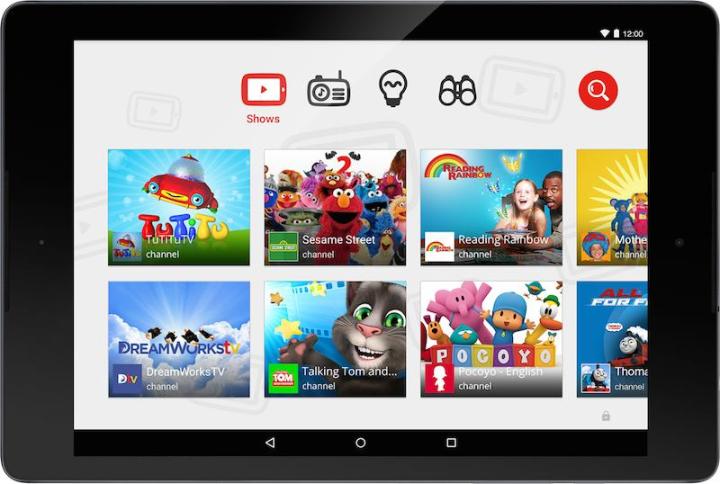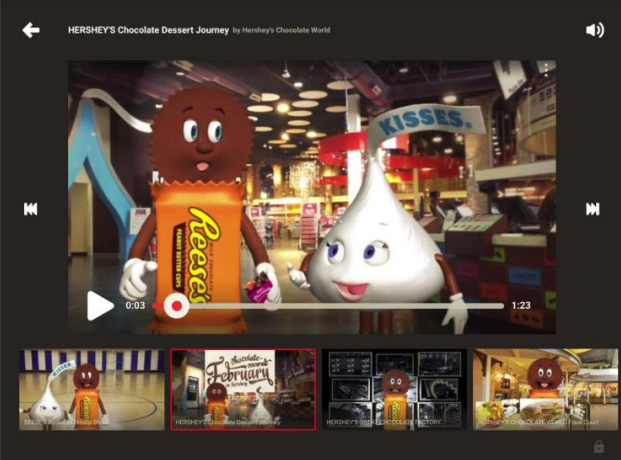
While earlier complaints focused on the app’s failure to filter out videos with sexual content, colorful expletives, and ads for adult products such as alcohol, the most recent objections accuse some food and drink manufacturers of breaking promises not to aim promotional content at children.
The groups – the Campaign for a Commercial-Free Childhood (CCFC) and the Center for Digital Democracy (CDD) – this week filed new complaints with the Federal Trade Commission (FTC) asking it to investigate not only Google, which owns YouTube, but also more than 15 food and beverage makers – Coca-Cola, Hershey, and Nestle among them – that have promotional content appearing on the app.
“Far from being a safe place for kids to explore, YouTube Kids is awash with food and beverage marketing that you won’t find on other media platforms for young children,” CCFC’s Josh Golin said in a release, adding that the FTC “should investigate why Google’s algorithms aren’t configured to keep junk food marketing off of YouTube Kids, and hold food and beverage companies accountable for violating their pledges not to target their most unhealthy products to children.”

Speaking in stronger terms, CDD executive director Jeff Chester said, “Our new complaints underscore why the FTC needs to stop Google from engaging in what are nothing less than harmful, unethical, and irresponsible practices that target America’s youngest children.”
One of many examples offered by the CCFC reveals that Coca-Cola has so far shown 47 TV ads on YouTube Kids as well as 11 promotional videos.
YouTube told the Guardian the app only shows ads “that are approved as family-friendly – for example, we don’t show any food and beverage ads – and all ads undergo a rigorous review process for compliance with our policies.” If that sounds odd, that’s because this apparently refers only to YouTube-managed pre-roll ads that play in slots between the main videos.
If a brand uploads a TV ad to YouTube as a regular video, it skirts the policy as they are seen as videos not ads. It appears YouTube’s algorithms are then failing to root them out.
While YouTube has said that turning off the app’s search function can limit access to these kinds of videos, the consumer groups are keen for the company to take other action such as adjusting the app’s algorithms to prevent the content from turning up in search results.

